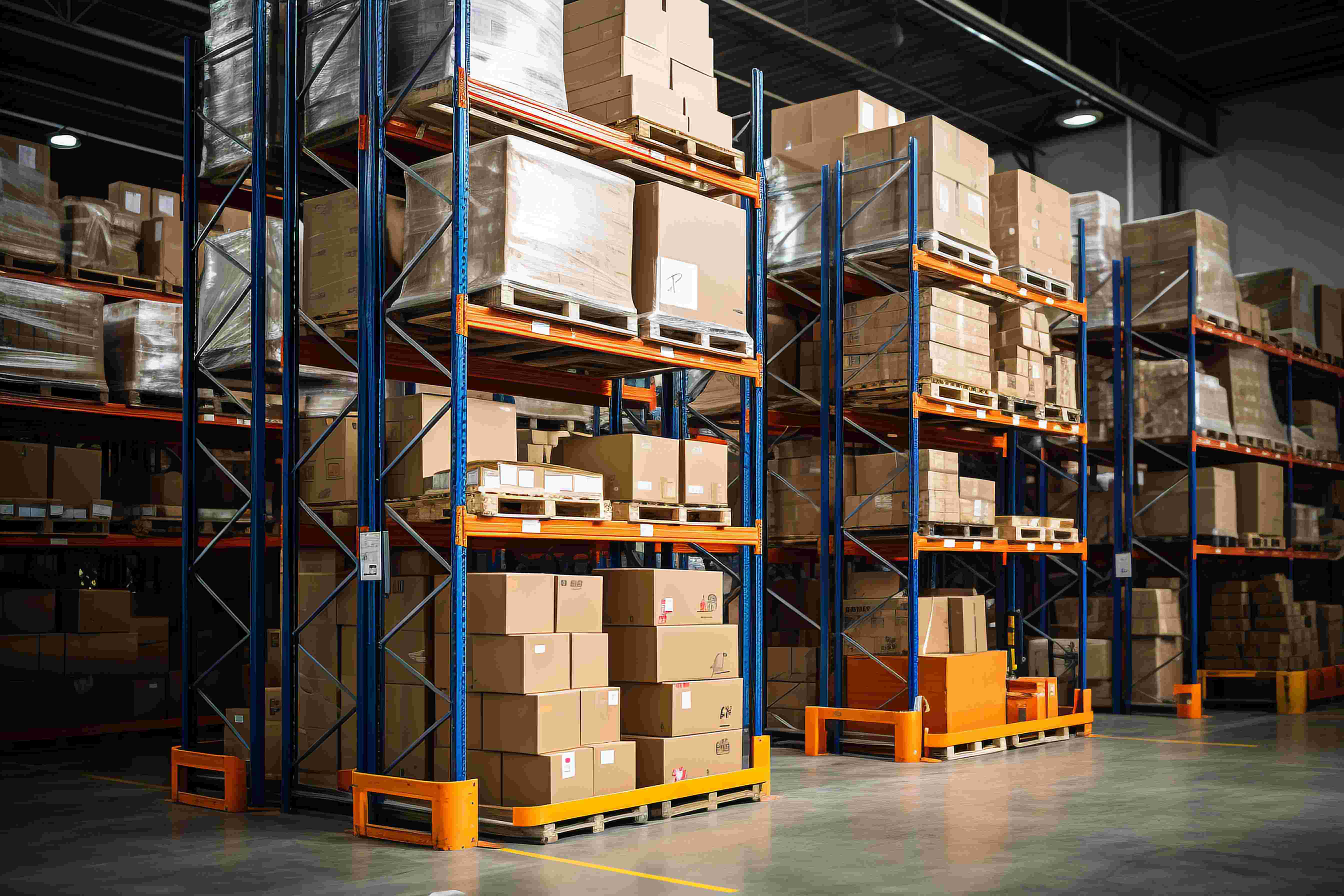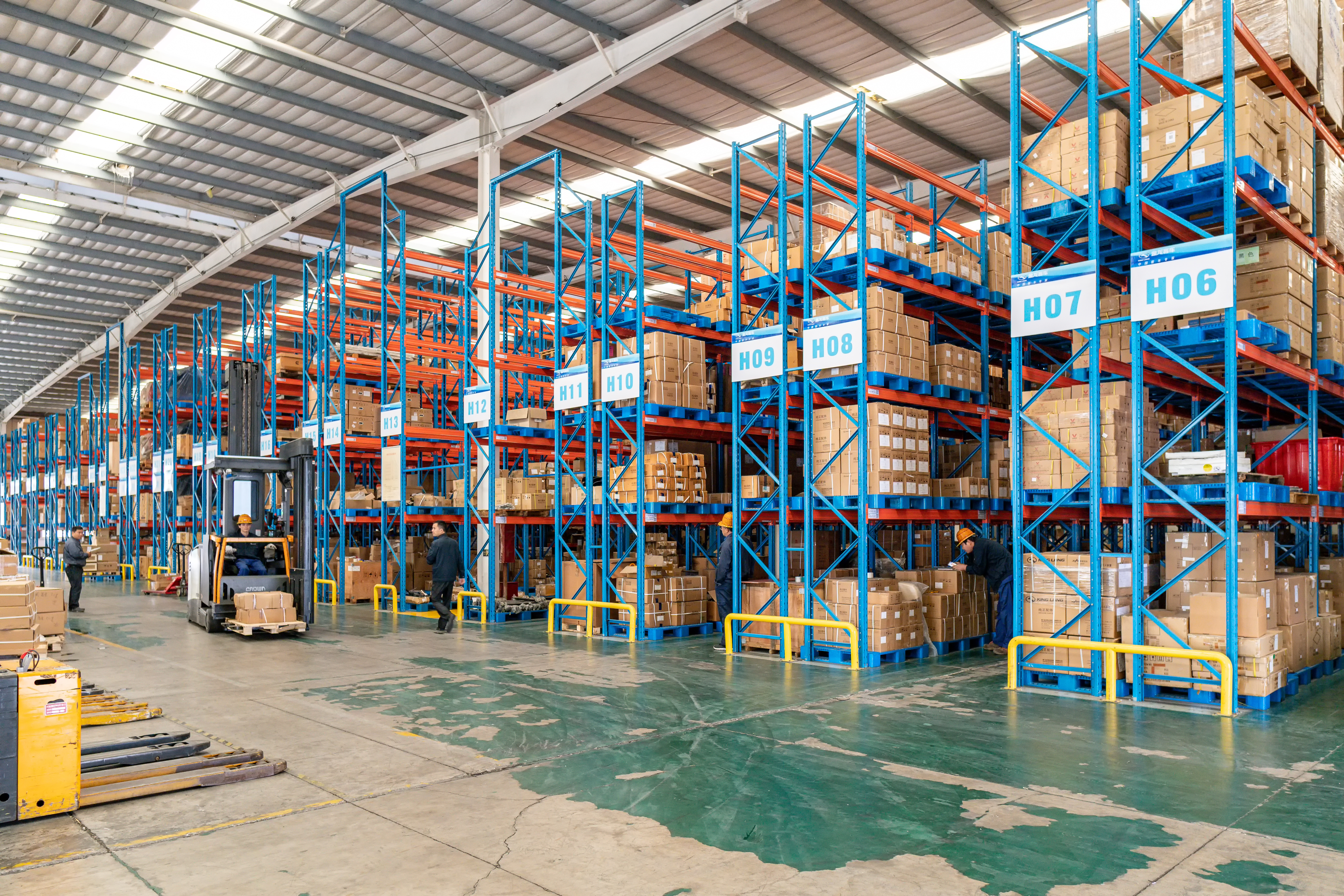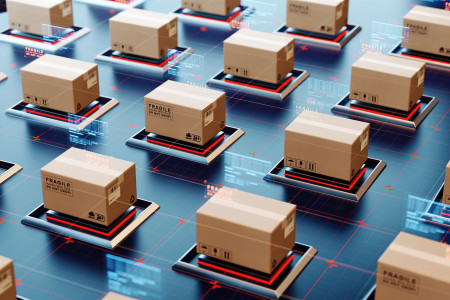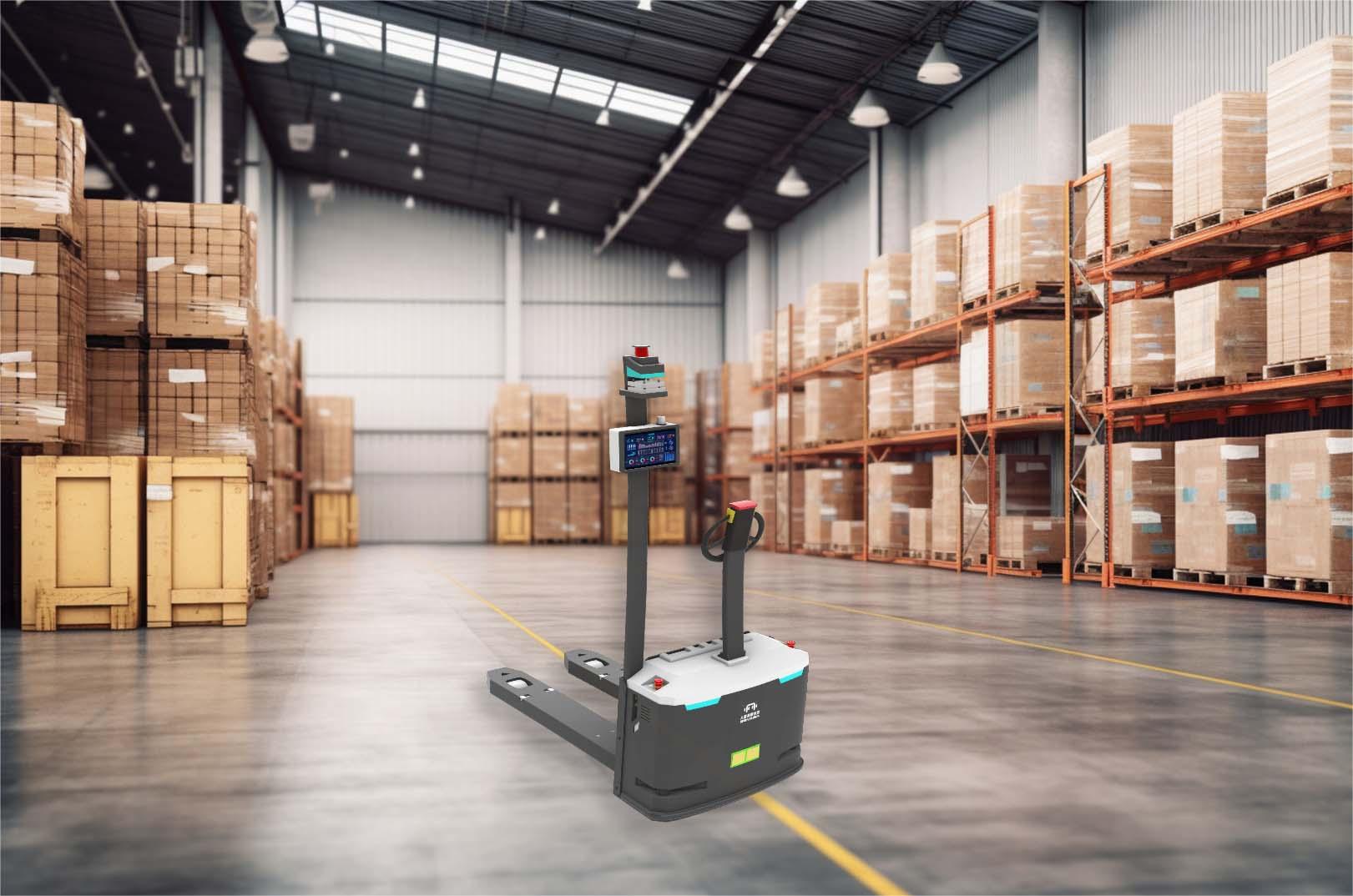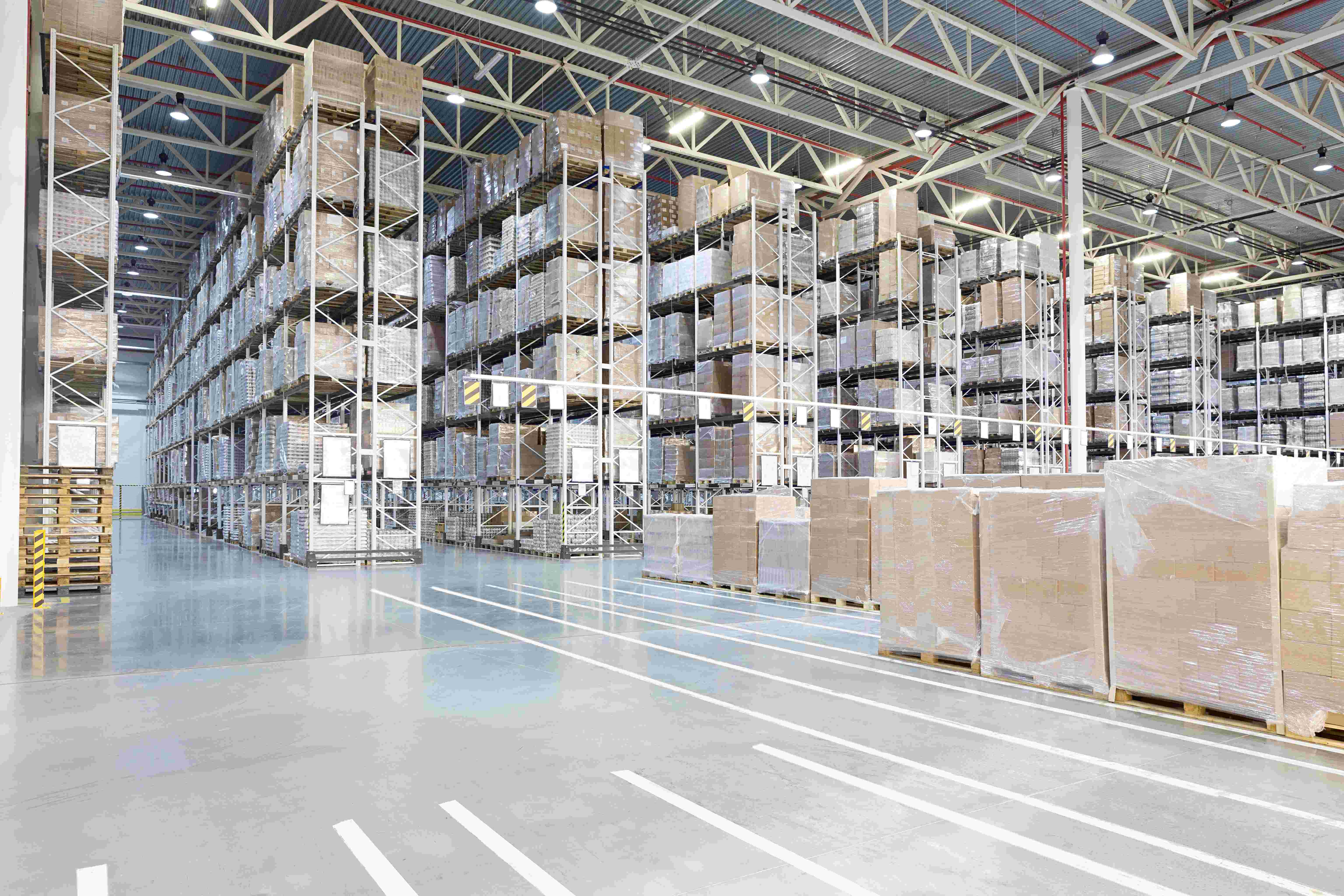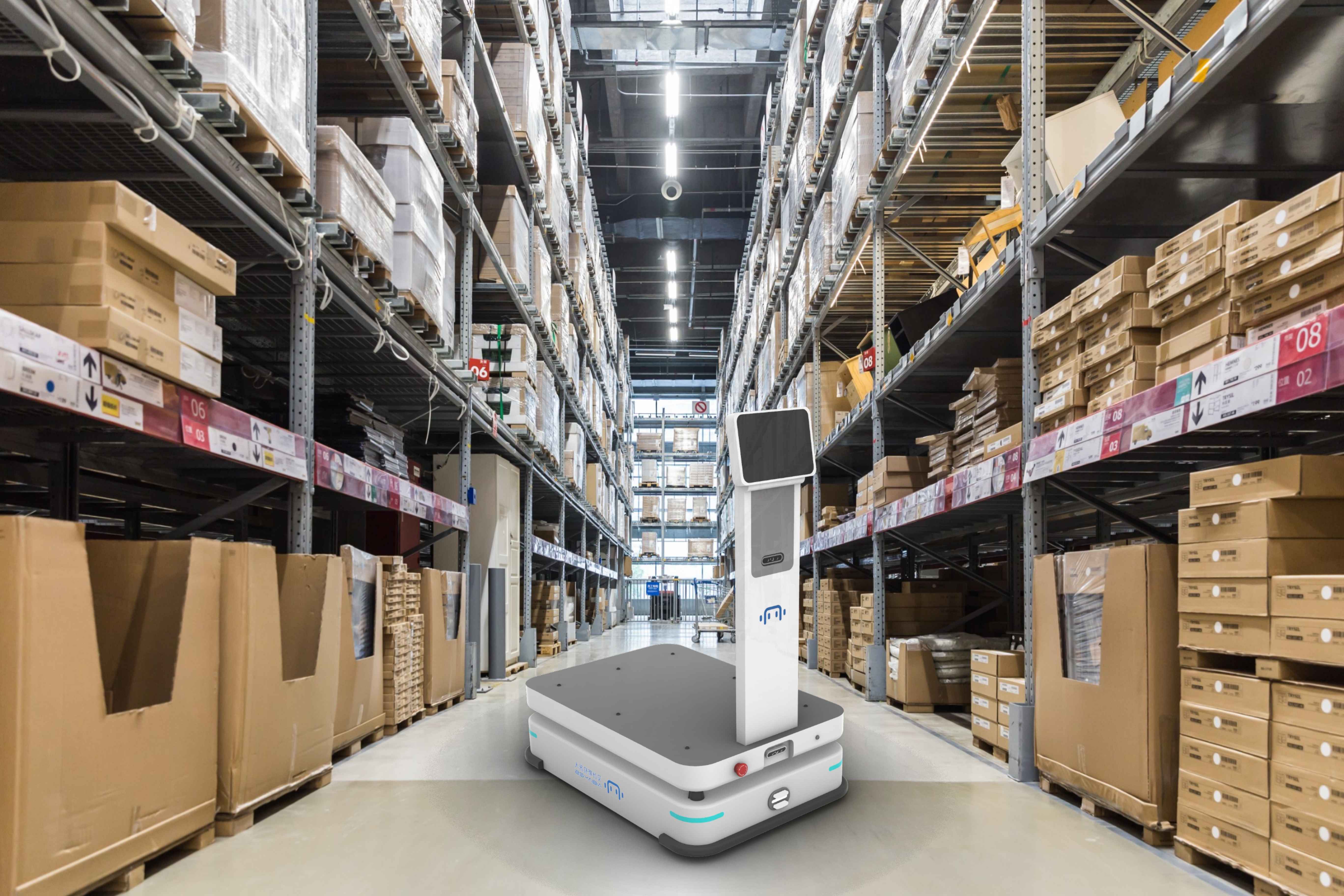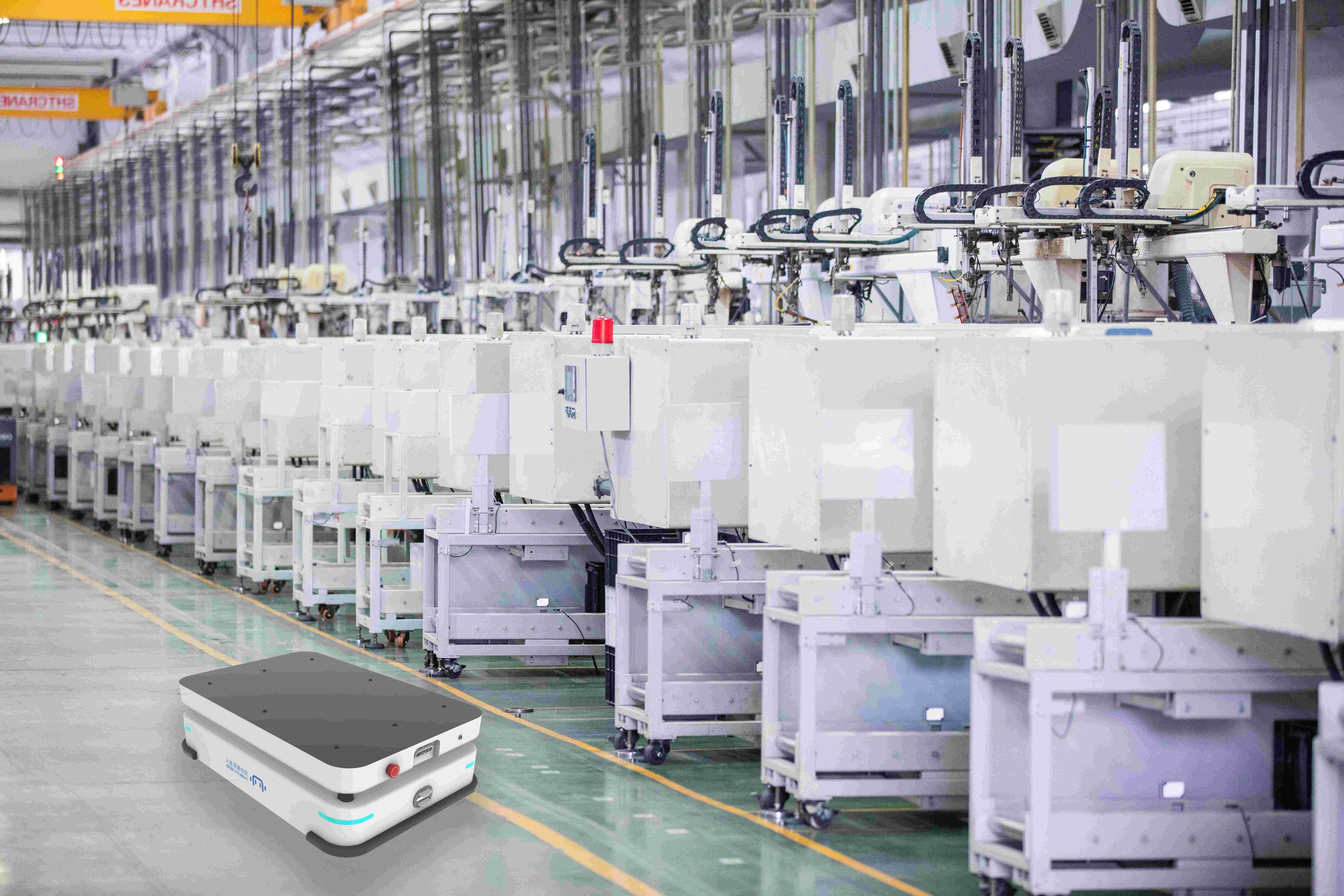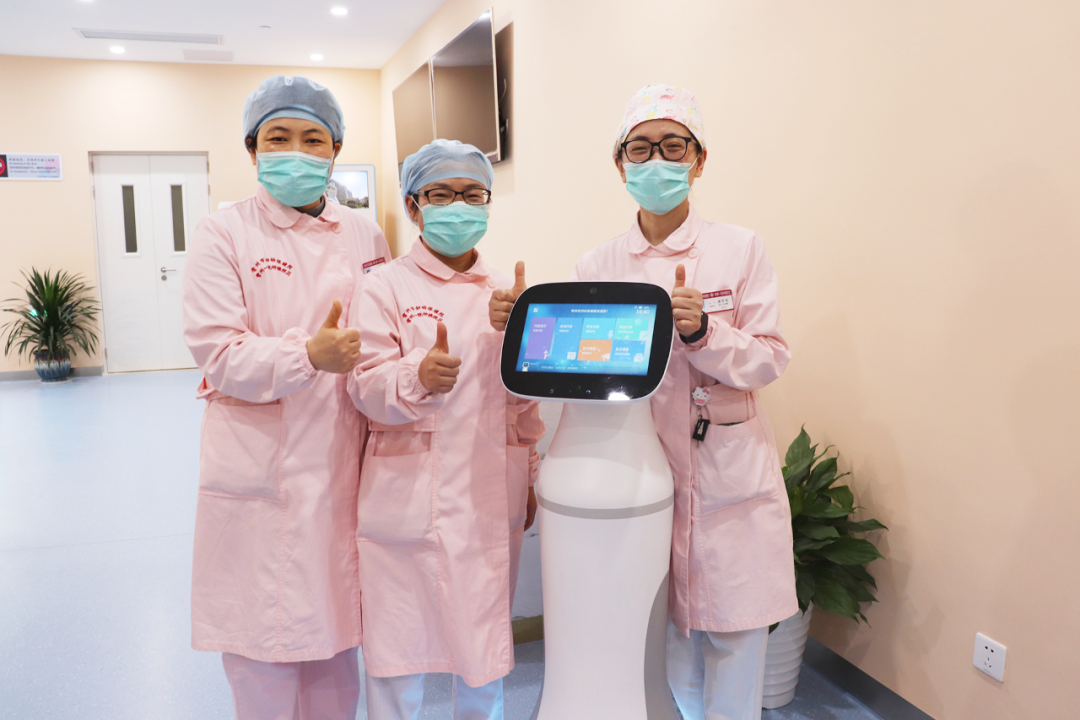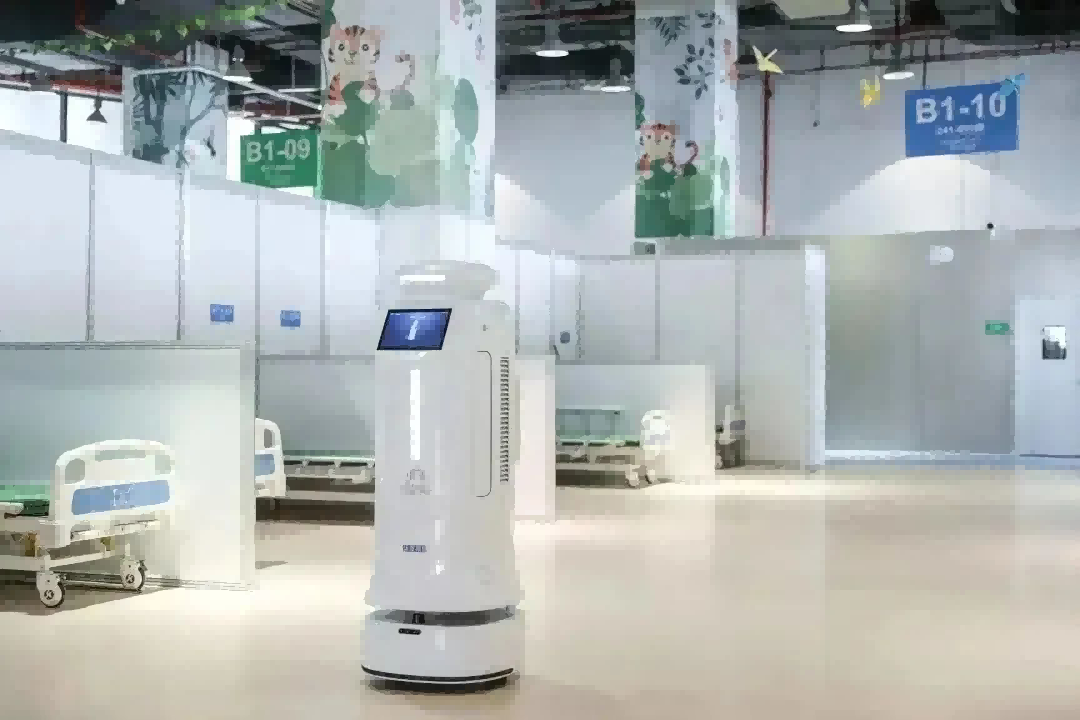In the realm of modern logistics, vertical warehousing has emerged as a revolutionary concept, challenging traditional storage methods. Unlike conventional warehouses that sprawl horizontally, vertical warehouses optimize space by utilizing vertical dimensions. This article explores what vertical warehousing entails, how it is implemented, and the benefits it brings to the logistics landscape.
What is Vertical Warehousing?
Vertical warehousing, also known as high-density warehousing, involves the strategic use of vertical space to maximize storage capacity. This is achieved by stacking inventory on multiple levels, often facilitated by automated storage and retrieval systems (AS/RS) and other advanced technologies. Vertical warehouses are designed to efficiently store a large volume of goods within a smaller physical footprint, making them particularly attractive in urban areas where space is at a premium.
Implementation Factors
- Automated Storage and Retrieval Systems (AS/RS):
AS/RS are the backbone of vertical warehousing. These systems use robotic mechanisms to automatically handle the storage and retrieval of goods. They enable precise control over inventory placement, reducing the need for human intervention and optimizing storage density.
- Warehouse Design and Layout:
The physical structure of a vertical warehouse is meticulously planned to accommodate height and weight considerations. The layout is designed for efficient movement of goods within the vertical space, ensuring accessibility for retrieval systems and minimizing travel times.
- Advanced Technology Integration:
Vertical warehouses leverage advanced technologies such as RFID (Radio-Frequency Identification), IoT (Internet of Things), and data analytics. These technologies enhance inventory tracking, monitor storage conditions, and provide real-time insights into warehouse operations.
- Safety and Compliance:
Implementing vertical warehousing requires compliance with safety regulations and standards. Factors such as load-bearing capacities, fire safety measures, and employee training become critical considerations to ensure a secure and compliant storage environment.
Benefits of Vertical Warehousing:
- Maximized Storage Capacity: The primary advantage of vertical warehousing is the significant increase in storage capacity. By utilizing vertical space, warehouses can store more goods without expanding their physical footprint, making it an ideal solution for densely populated urban areas.
- Improved Efficiency and Productivity: Automation in vertical warehouses reduces reliance on manual labor for routine tasks, leading to increased efficiency and productivity. AS/RS enable swift and accurate retrieval of goods, minimizing the time needed to fulfill orders.
- Cost Savings: The optimization of space and increased efficiency translate to cost savings. Vertical warehousing allows businesses to make the most of their existing space, potentially eliminating the need for additional storage facilities and reducing operational costs.
- Enhanced Sustainability: Vertical warehousing contributes to sustainability efforts by reducing the environmental impact associated with sprawling horizontal warehouses. The smaller physical footprint and efficient space utilization align with eco-friendly practices.
Vertical warehousing stands at the forefront of modern logistics solutions, offering a strategic and space-efficient approach to storage challenges. As industries continue to evolve, embracing the principles of vertical warehousing not only addresses the current needs for efficient storage and logistics but also paves the way for a more sustainable and technologically advanced future in supply chain management.
If you would like to learn more about our robotic products and solutions, please feel free to leave a message or call us for consultation. Email is [email protected]. Also, you can add our WhatsApp +86 181 1289 9721.
